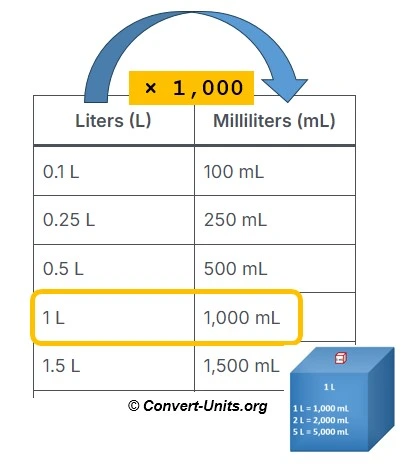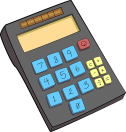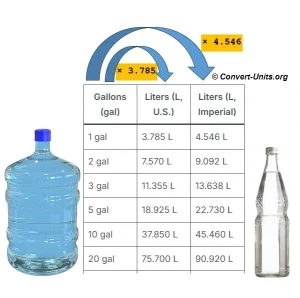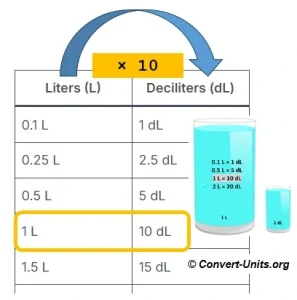
L to mL Conversion Calculator
Click on the following link if you want to convert milliliters to liters – mL to L
History
The liter (L) is one of the most common metric units for measuring volume. It originated in France at the end of the 18th century and became an official metric unit in 1795.
The milliliter (mL) came later, introduced to measure very small liquid quantities more precisely.
Both are based on the same principle: 1 liter = 1,000 milliliters, because the metric system is decimal and every step is a power of ten.
Common Usage
- Liters (L) are used for larger volumes, such as drinks, fuel, or water containers.
- Milliliters (mL) are used for smaller quantities, like medicine doses, perfumes, or cooking ingredients.
For example, a typical water bottle holds 0.5 L, which equals 500 mL.
Liters to Milliliters Conversion
The conversion is simple and exact:
mL = L × 1,000
Example:
Convert 2.5 L to milliliters.
2.5 × 1,000 = 2,500 mL
So, 2.5 liters equal 2,500 milliliters.
Conversion Table
| Liters (L) | Milliliters (mL) |
|---|---|
| 0.1 L | 100 mL |
| 0.25 L | 250 mL |
| 0.5 L | 500 mL |
| 1 L | 1,000 mL |
| 1.5 L | 1,500 mL |
| 2 L | 2,000 mL |
| 3 L | 3,000 mL |
| 5 L | 5,000 mL |
| 10 L | 10,000 mL |
| 20 L | 20,000 mL |
Interesting Facts
- 1 milliliter of water weighs exactly 1 gram under standard conditions.
- A standard soft drink bottle usually holds 2 liters, or 2,000 milliliters.
- The average human body contains about 40 liters of water.
Frequently Asked Questions
1. How many milliliters are in a liter?
Exactly 1,000 mL.
2. How do I convert liters to milliliters quickly?
Multiply the number of liters by 1,000.
3. Where are liters and milliliters used?
In everyday life for measuring drinks, cooking ingredients, and liquids like fuel or cleaning products.
4. Is there a difference between milliliters and cubic centimeters?
No, 1 mL = 1 cm³.
5. What’s larger, a liter or a milliliter?
A liter is larger. It equals 1,000 milliliters.



